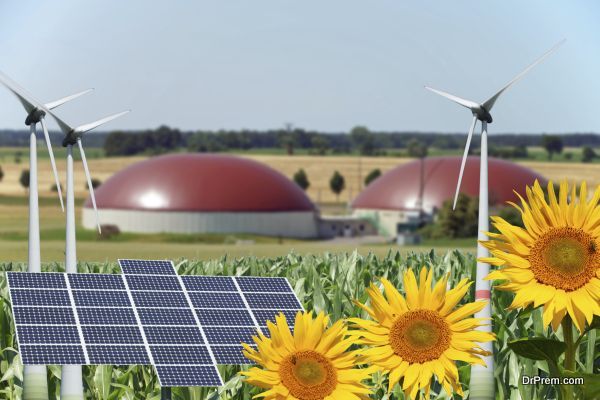DIY Home Energy Reactor is inspired from technology that allows generation, extraction, and storage of electricity from combustible materials, other than usual fossil fuels. Using concepts of Gasification and Syngas, a small energy reactor can be built at home from salvaged items. That means, you can find tin cans, welder, wires and other components required for the project in your garage.
Requirements
- Gasifier Unit
Gasifier Unit is the most crucial components of this project. You can obtain one commercially or even create yourself at home. A coffee can, a bean can, small cookie tin can, camping pan etc can also be converted into a good Gasifier Unit. The fuel is put through a chimney and ignited. The holes at the base of the Gasifier are used to control the oxygen intake. It produces combustible syngas, which again burns in the dedicated combustible chamber by mixing it with oxygen.
- Peltier Cells
Peltier Cells work on the same principle as do the standard solar cells – semiconductor technology. Heat flow is converted into electrical unit through two polarized semiconductors. You can buy 10 Peltier cells for about $70. Peltier Cells are also used in heating and cooling applications as its properties allows one surface to be cold and other one hot when current is passed through it.
You need to be sure about proper placement of the cells to allow greater cooling gradient. The efficiency of energy production depends upon heat gradient. Higher the gradient, more energy will be produced.
- Fuel

In order to start the process, you would require solid fuel that can produce combustible syngas or biogass. The fuel could include anything from waste material to commercially available fuels. However, the crux of the project lies in using waste or garbage to do so. So, keep the fuel ready once you make your mind.
- Battery
You will need a 12v rechargeable battery. Lead -acid batteries are considered better than others. You can easily buy one online. Do go through the reviews before ordering one.
- Inverter
You can choose one of the either of these two, a squarewave power inverter and a sinewave power converter. Keep in mind that sinewave converters are considered better than a squarewave inverter. Inverters are easily available online.
- Charger
To complete the storage and channeling process, you will need a float charger, which is easily available online.
- Voltmeter
If you wish to monitor battery’s charging status, then you can buy a voltmeter for about $5 online.
Steps to Follow
Once you procured the required materials and tools, you can proceed with the first step, which is to prepare a Gasifier Unit. As mentioned above, a Gasification unit can be easily made from tin cans. You will be then required to make holes at the bottom of the Gasification unit to allow oxygen intake for initiating combustion.
- Attach Peltier Cells to Gasifier
Place the Peltier Cells as shown in the diagram. These cells can be attached using aluminum tape. It’s recommended that you place a cooling sink or other element in the opposite side of the Peltier cell to allow for a greater cooling gradient. If cells get too hot, they can melt. The placement must be just right for them to receive maximum heat gradient. If you don’t want Peltier Cells, you can try small steam engines or stirling engines. However, both of these engines are hard to create at home.
- Attach Inverter, Charger to Battery
The inverter, charger, can easily be clipped to the battery. You need to pay attention to the concept of polarity while doing this.
- Experiment with Fuel and Oxygen Intake
Once the set-up is ready, add fuel through the provided space. Ignite it from a safe distance. If your reactor isn’t working fine, then try to experiment with variation in oxygen supply.
The technology isn’t new. It has been used and tested. This method was used to power cars and machines during the World War II and it was quite useful. For developing countries, such small reactors can prove to be a boon. They can charge electronic and even replace polluting kerosene or wooden stoves. However, the installation of components requires meticulous attention in order to ensure proper results.




